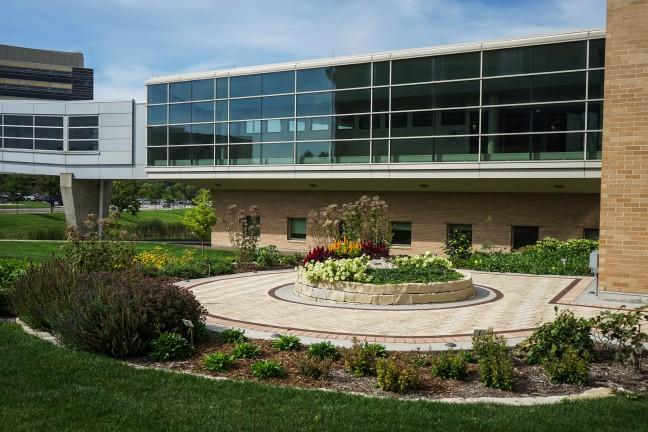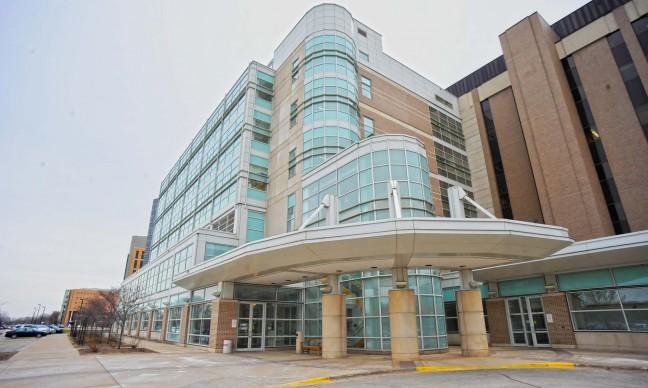Humans are constantly exposed to toxins from chemical substances in the environment, but scientists are unaware of potential affects on human development.
A $6 million grant from the United States Environmental Protection Agency will fund a Human Models for Analysis of Pathways Center at University of Wisconsin, to analyze how these chemical materials are affecting human physiology, according to a UW statement.
Humans are constantly changing the environment by creating different chemical products, but they really have no idea how those products are affecting human development, Randolph Ashton, an assistant professor of biomedical engineering, said. There are 84,000 to 85,000 chemical substances used commercially, he said.
Increasing toxins in the environment could potentially be the cause of diseases such as autism and neurological disorders, Ashton said. Because there is often no genetic cause, scientists believe they may occur sporadically from interactions with the environment.
“There’s no good system to analyze in a cost effective and efficient manner how these different material and commercial products are affecting human physiology,” Ashton said. “The classical model is to do animal studies but those cost a lot of money and take a lot of time.”
This center will be led by a team of UW scientists who are experts in human pluripotent stem cell biology, tissue development and engineering, according to the statement.
The center uses scientists’ expertise to make models of human tissue and test the toxicity of different substances on them, Ashton said. Different UW scientists will be developing models of the human liver, central nervous system, mammary gland and vascular system, Ashton said.
The research also includes developing screening tools to analyze different drugs and their degree of toxicity, Ashton said. Scientists will create a map of each tissue and be able to identify which cells are dying by how the map changes, he said.
“We put together this center grant so that we could coordinate our efforts,” Ashton said. “[This center] will allow the projects to continue and put the money behind the effort to not only derive tissues and characterize them, but actually put them into high input screening platforms that essentially could be standardized platforms used by researchers worldwide.”
Prior to stem cells, research in this field was very expensive because it was performed on rodents, Ashton said. One of the biggest advantages to growing human tissues is it gives scientists access to large quantities, he said.
It is important for scientists to have the ability to study toxicity in a human genetic background because the genetic background of rodents can be different from humans in many aspects, Ashton said. UW scientists have cured several diseases in rodents but have had a hard time translating those to the clinic for humans, he said.
“It’s a merger of developing scientific fields that we need to put together in order to come up with very powerful applications for understanding how the chemical substances that we interact with on a daily basis actually affect human health,” Ashton said.























